Using a statistical pre-analysis approach as an ensemble technique for the unbiased mapping of GCM changes to local stations
Revista : Journal of HydrometeorologyVolumen : 19
Número : 9
Páginas : 14471465
Tipo de publicación : ISI Ir a publicación
Abstract
Accounting for climate change, GCM-based projections and their uncertainty are relevant to study potential impacts on hydrological regimes as well as to analyze, operate, and design water infrastructure. Traditionally, several downscaled and/or bias-corrected GCM projections are individually or jointly used tomap the rawGCMs changes to local stations and evaluate uncertainty. However, the preservation of GCMs statistical attributes is by no means guaranteed, and thus alternative methods to cope with this issue are needed. This work develops an ensemble technique for the unbiased mapping of GCM changes to local stations, which preserves local climate variability and theGCMs statistics. In the approach, trend percentiles are extracted from theGCMsto represent the range of future long-termclimate conditions to which local climatic variability is added. The approach is compared against a method in which eachGCMis individually used to build future climatic scenarios fromwhich percentiles are computed. Bothapproaches were compared to study future precipitation conditions in three Chilean basins under future climate projections based on 45GCMruns under the RCP8.5 scenario.Overall, the approaches produce very similar results, even if a few trend percentiles are adopted in the GCM preanalysis. In fact, using 510 percentiles produces a mean absolute difference of 0.4% in the estimation of the probabilities of consecutive years under different precipitationthresholds, which is ;60% less than the error obtained using the median trend. Thus, the approach successfully preserves the GCMs statistical attributes while incorporating the range of projected climates.




 English
English
